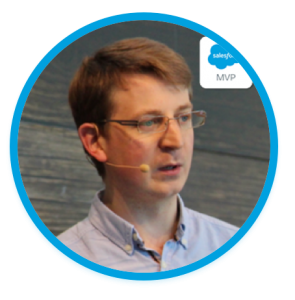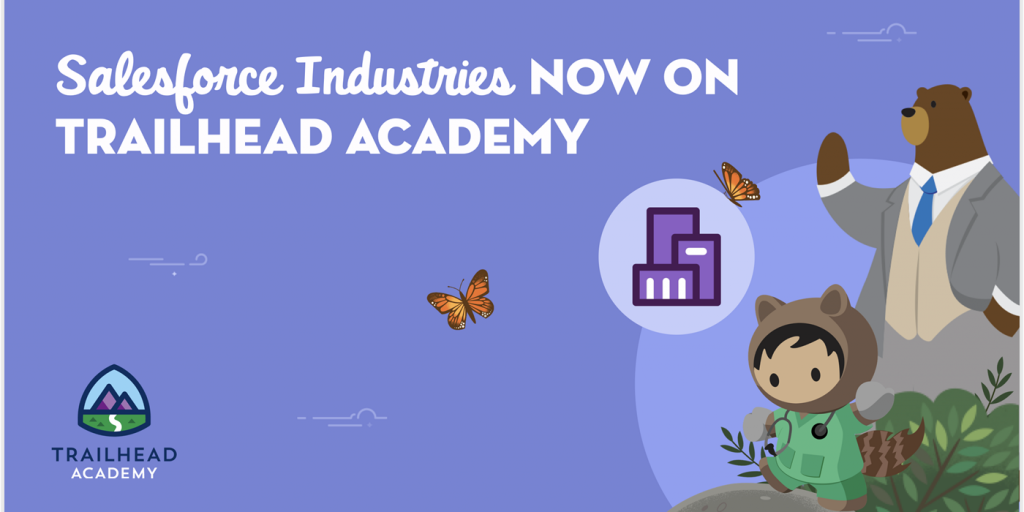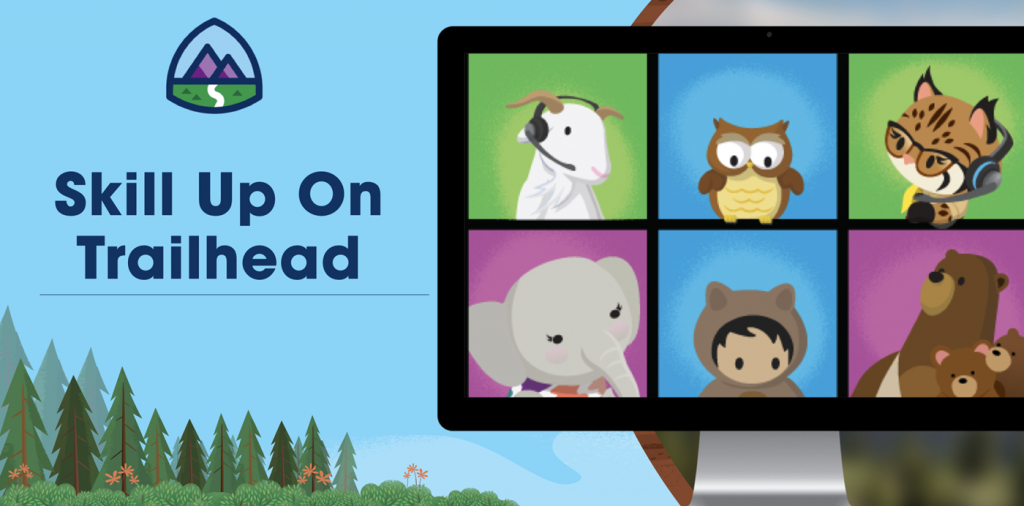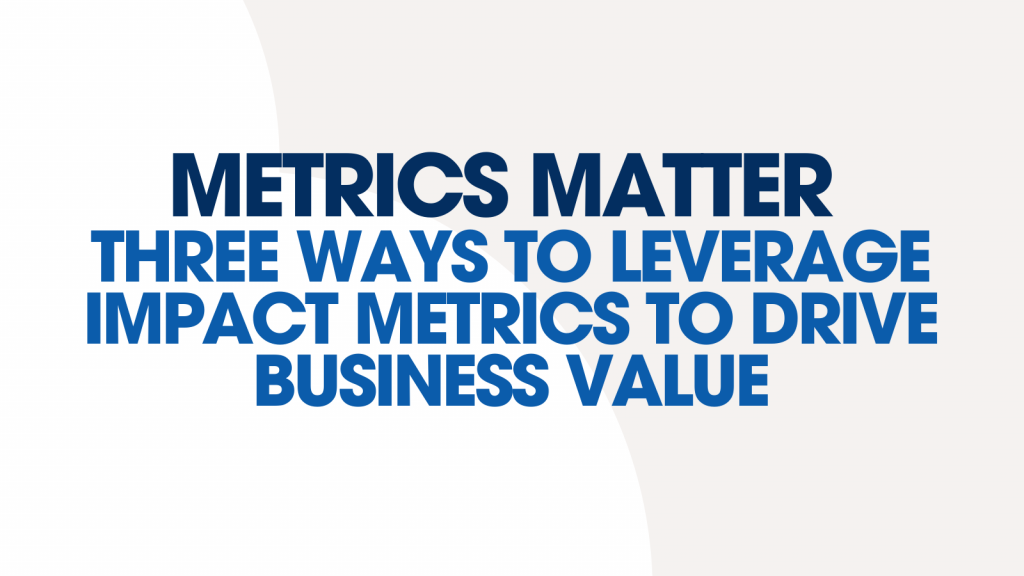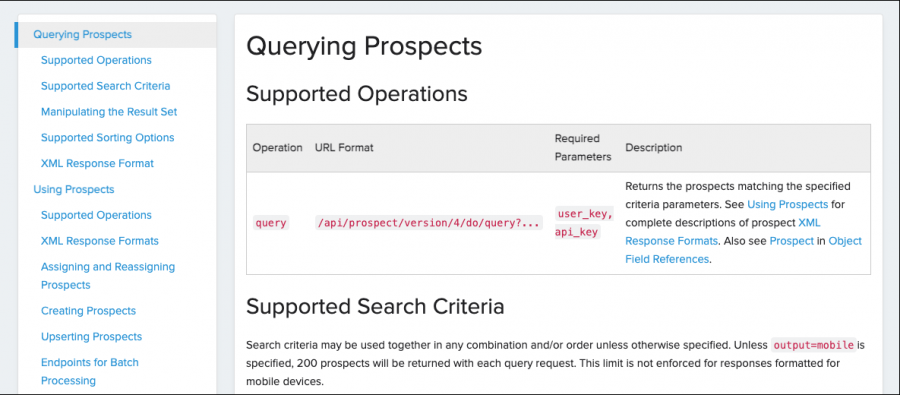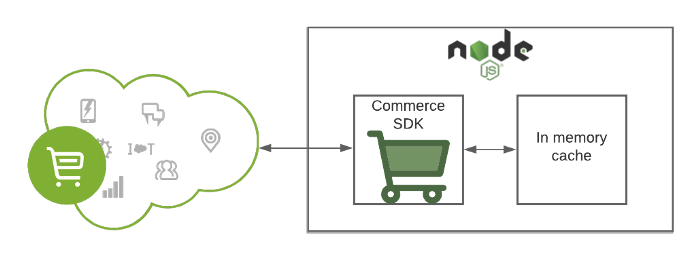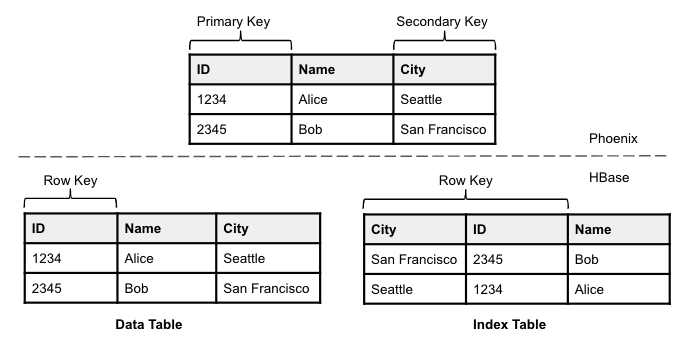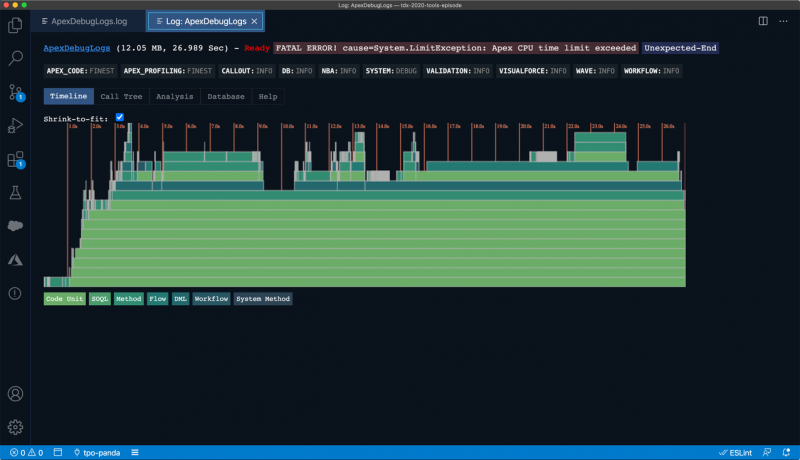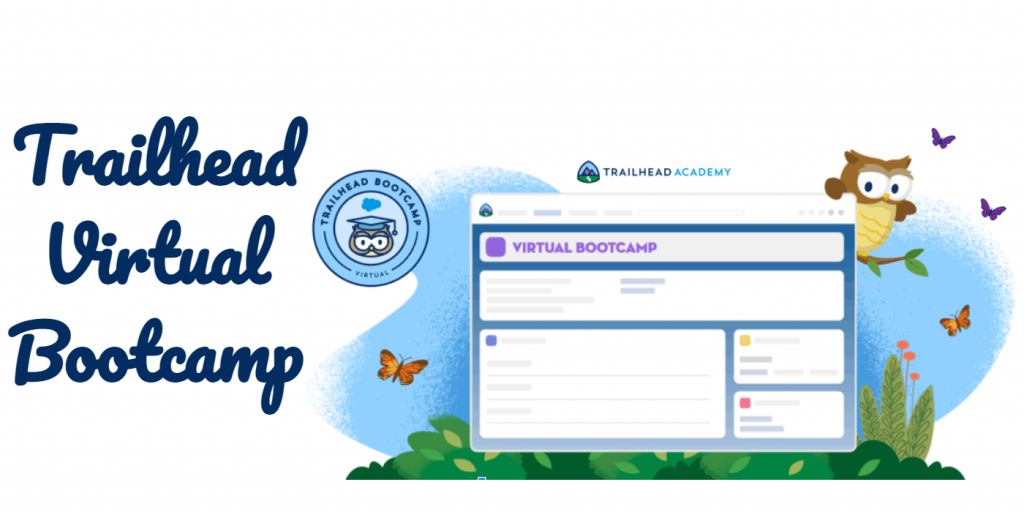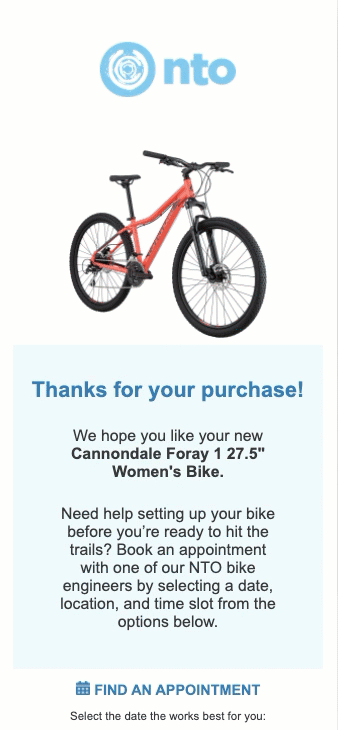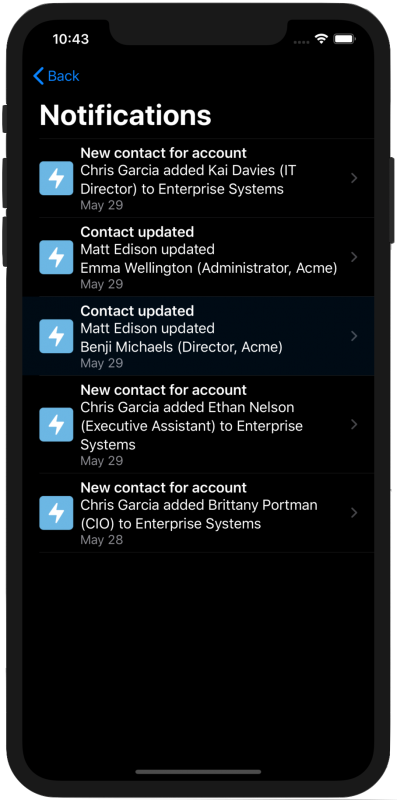Introducing Anypoint DataGraph
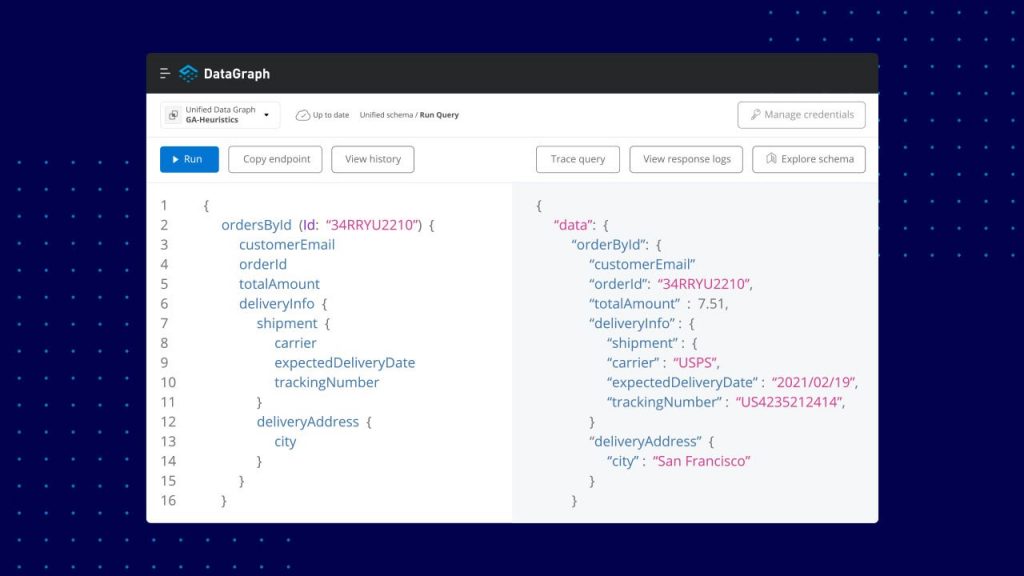
Delivering digital initiatives faster with composability
Customers can make the composable business a reality to meet today’s demand and create the agility needed for tomorrow. The next major release of Anypoint Platform allows IT and business teams to take advantage of reusable building blocks to:
- Accelerate delivery speed: As the number of apps and systems continues to grow, integration becomes more complex and slows down the business. With Anypoint DataGraph, companies compose data faster, by consuming data from multiple APIs with just a single GraphQL query. Developers can explore, unify, and serve data from all their APIs into powerful data services – without developing new code or creating new APIs. In addition, developers can increase efficiency by replacing custom code for many API requests with a managed service that requires no maintenance.
How to install Runtime Fabric on-premises

The installation of Runtime Fabric involves many steps running across several platforms. Some steps rely on manually executing scripts on the command line and collecting the output from the script output. Depending on the platform you run the install on, the steps may differ. If you’re new to Runtime Fabric, the process can be overwhelming especially when you encounter problems.
Guide to error handling in Mule for Java programmers
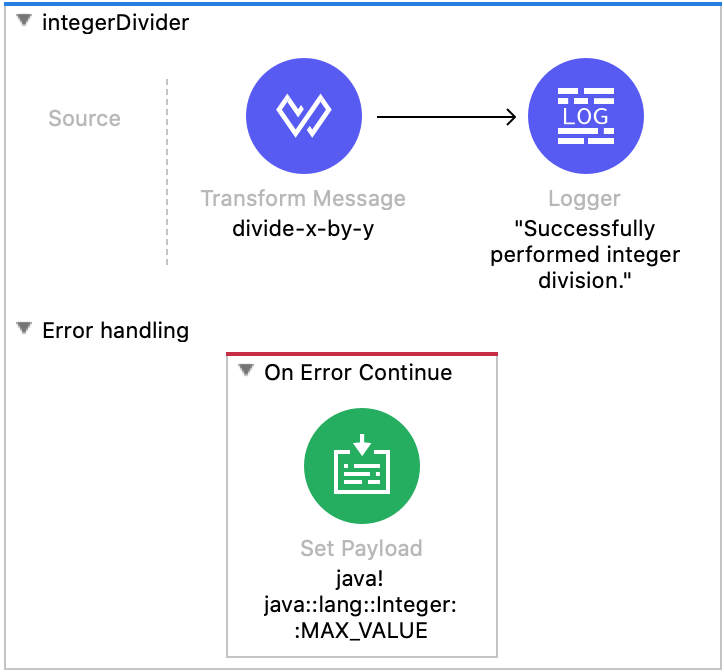
In this contrived example, the Java code accepts two Strings and attempts to convert them into integers. If this conversion fails, the code throws a NumberFormatException, which must be dealt with higher up the call stack. Otherwise, integer division is attempted and the result is returned. In the case of division by zero, the code catches an ArithmeticException, and returns “infinity,” as if the operation had completed successfully.
We will look at the ‘throws’ case and the ‘catch’ case separately, and build Mule code to handle each case. At the end, we will see how we can combine both cases together.

I am 12x Salesforce certified | Leader of New Delhi Salesforce Developer Group | Speaker | Blogger|
